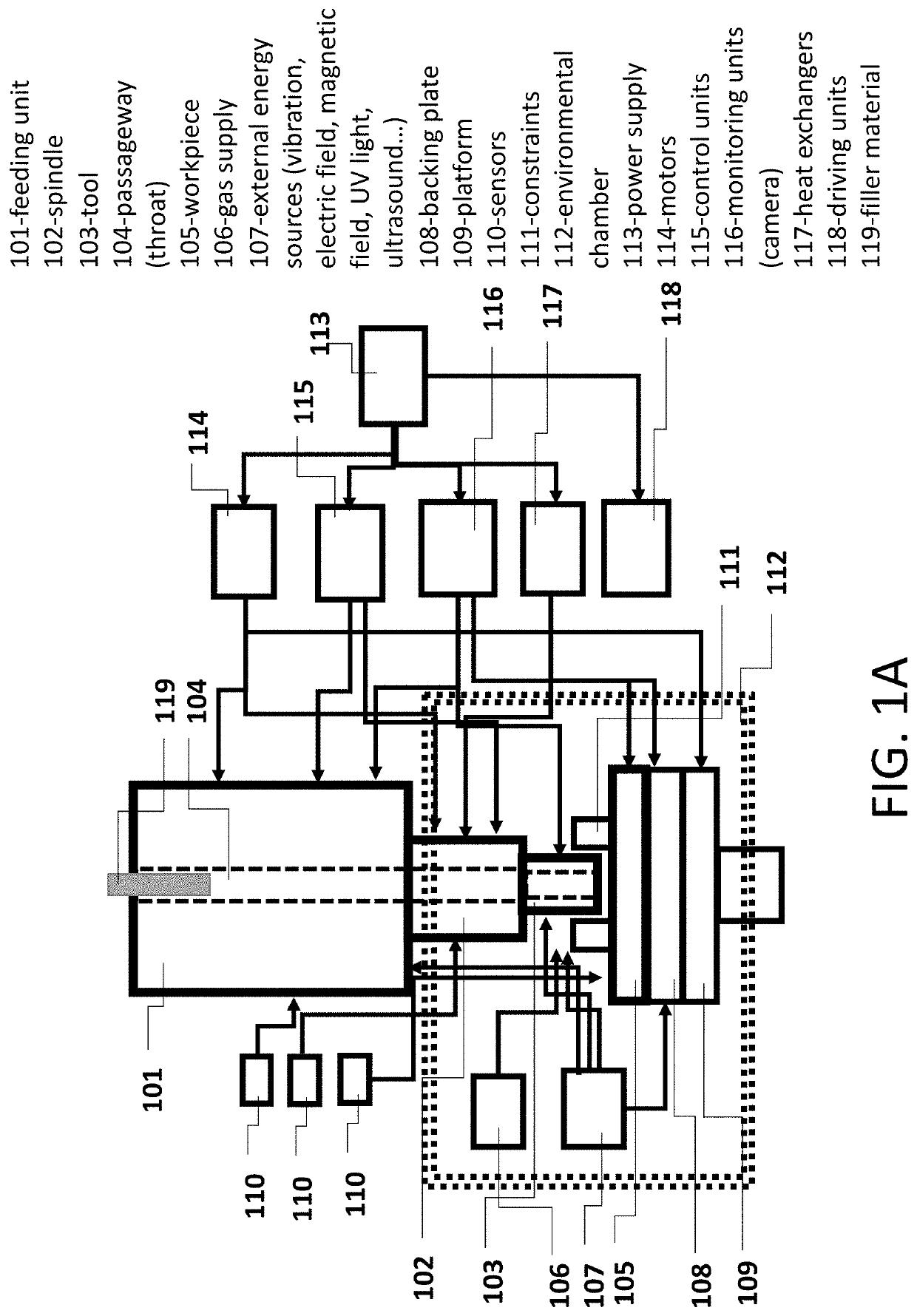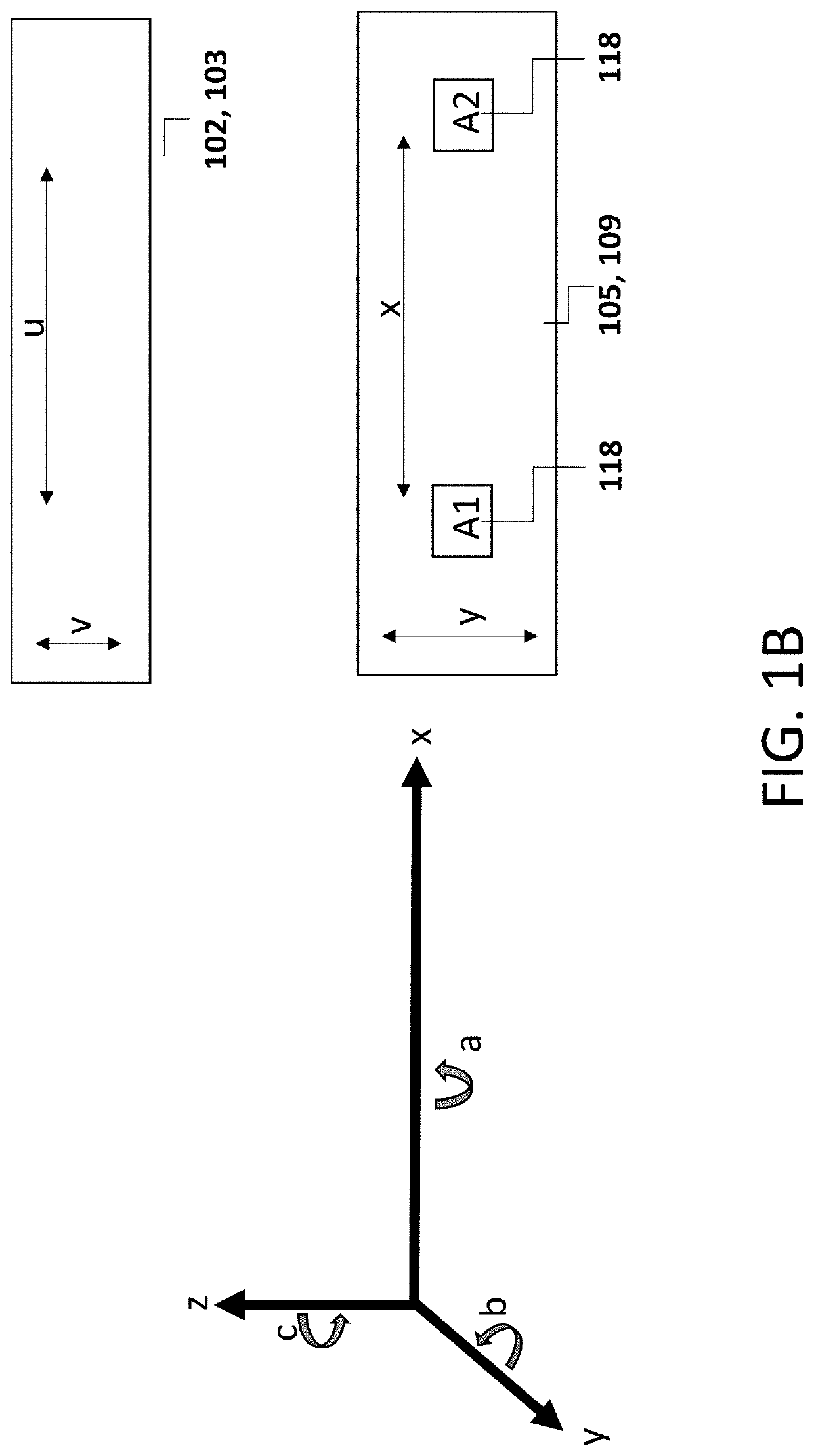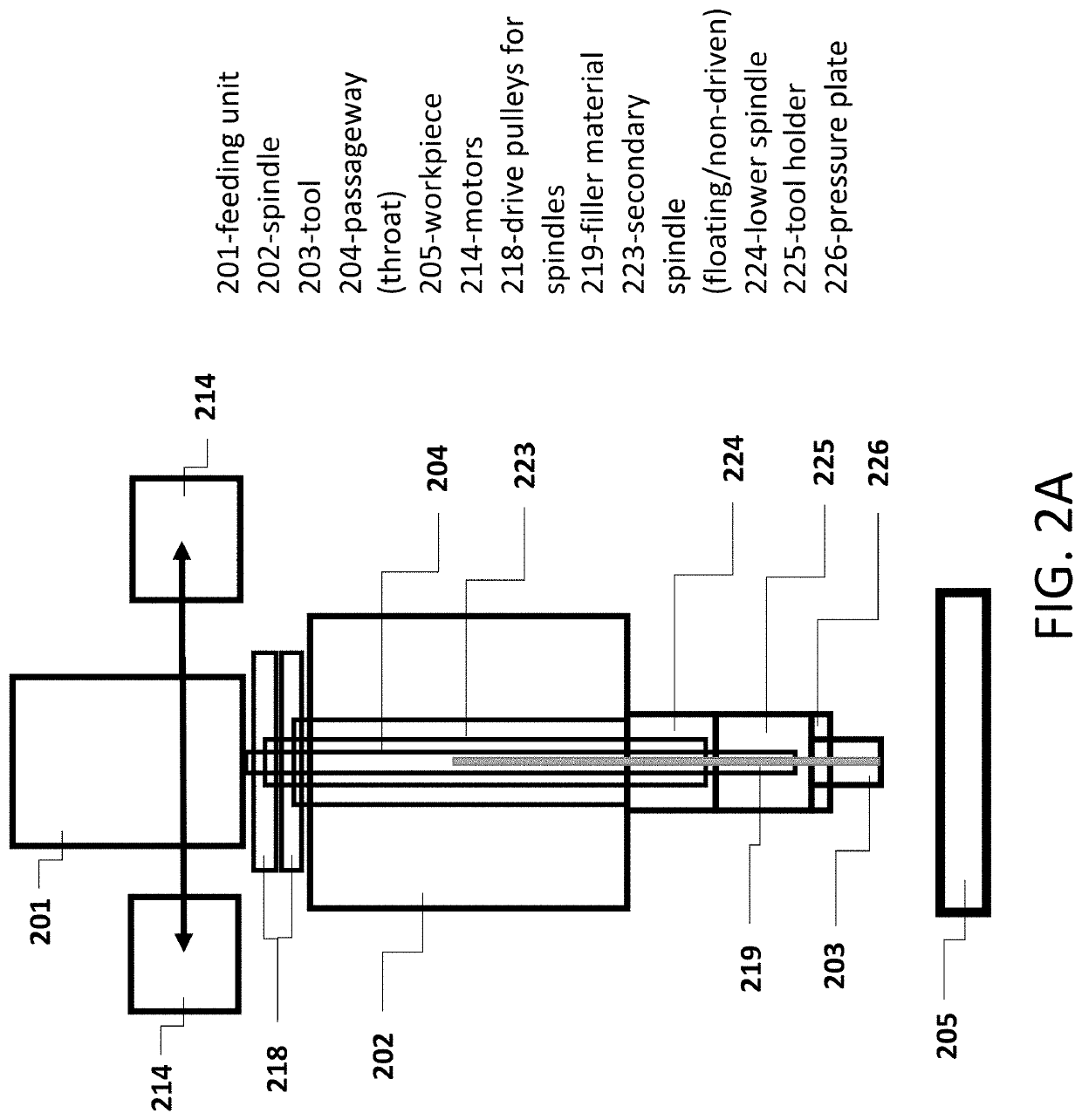Solid-state additive manufacturing system and material compositions and structures
- Summary
- Abstract
- Description
- Claims
- Application Information
AI Technical Summary
Benefits of technology
Problems solved by technology
Method used
Image
Examples
example 1
25 Superalloy
[0195]For many industrial applications, such as aerospace, aeronautical, marine and others, high temperature mechanical stability, including strength and ductility, is required. Such properties are offered by superalloys and among them, Inconel 625, a nickel-based superalloy, has gained a wide industrial usage. This alloy has been found to provide high strength, good ductility and corrosion resistance at temperatures up over 1000° C., as well as the added benefit of oxidation resistance in aggressive environments.
[0196]Below will be extensively disclosed the microstructures formed in Inconel 625 superalloy material in different regions of a part manufactured with solid-state additive processes.
[0197]FIGS. 10A and 10B show the microstructures of Inconel 625 material before and after the solid-state additive manufacturing process. Before solid-state additive manufacturing, the average grain size is 12 μm (FIG. 10A), while after, the average grain size is 5 μm (FIG. 10B), ...
example 2
Material
[0199]Another example is the Ti-6Al-4V material which upon deposition with the solid-state additive manufacturing system had a fully dense composition exhibiting significant grain refinement and improved mechanical properties over the parent material, as shown in FIGS. 11A-C. The material had grains of approx. 60-70 μm in size, which are reduced to 5-6 μm after the solid-state additive manufacturing process (compare FIGS. 11A and 11B). Solid-state additive manufacturing-deposited Ti-6Al-4V material showed a significant increase in both ultimate tensile and yield strength, 23% and 24%, respectively, as presented in FIG. 11C.
examples 3
Steel
[0200]Stainless steel 316L microstructures before and after the solid-state additive manufacturing process are given in FIGS. 12A and 12B respectively. The grains with sizes of 50-70 μm were reduced to 5-10 μm after the solid-state additive process.
PUM
| Property | Measurement | Unit |
|---|---|---|
| Length | aaaaa | aaaaa |
| Temperature | aaaaa | aaaaa |
| Force | aaaaa | aaaaa |
Abstract
Description
Claims
Application Information
 Login to View More
Login to View More - R&D
- Intellectual Property
- Life Sciences
- Materials
- Tech Scout
- Unparalleled Data Quality
- Higher Quality Content
- 60% Fewer Hallucinations
Browse by: Latest US Patents, China's latest patents, Technical Efficacy Thesaurus, Application Domain, Technology Topic, Popular Technical Reports.
© 2025 PatSnap. All rights reserved.Legal|Privacy policy|Modern Slavery Act Transparency Statement|Sitemap|About US| Contact US: help@patsnap.com



